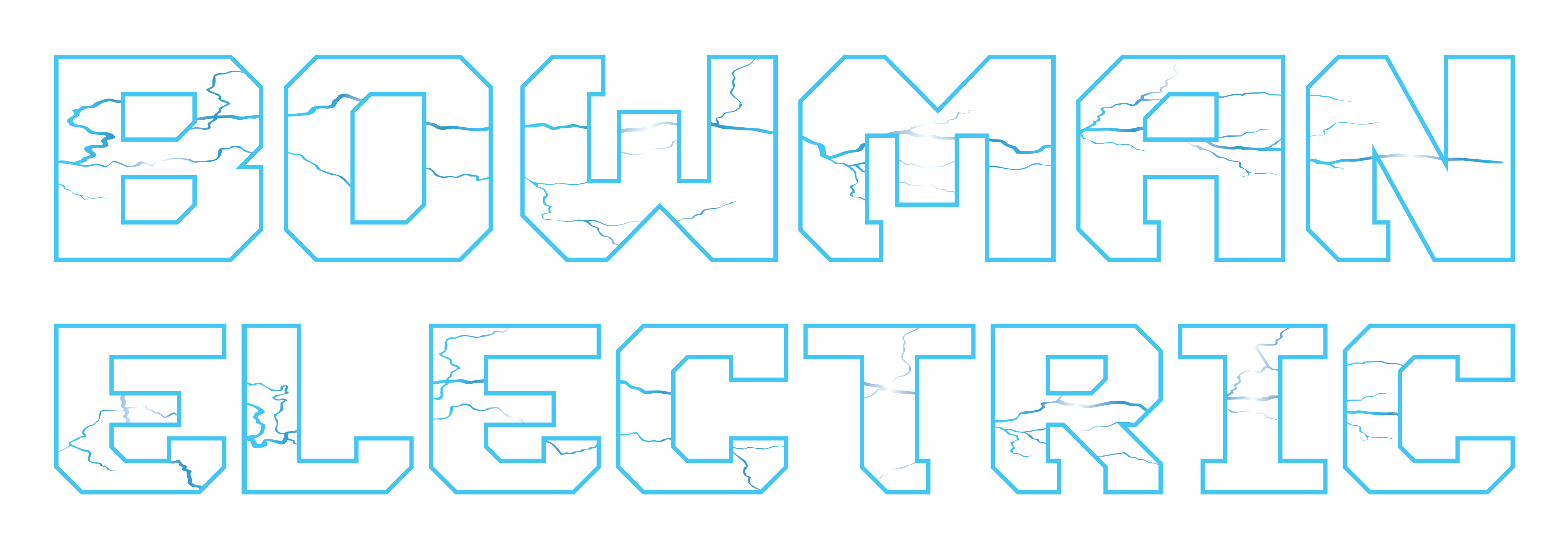
In an era where electrical safety has become paramount in our homes, tamper-resistant outlets have emerged as a crucial component of modern electrical installations. We emphasize the importance of these innovative outlets in enhancing safety and preventing accidents. This comprehensive guide delves into the world of tamper-resistant outlets, highlighting their benefits, how they work, and why choosing Bowman Electric for your electrical needs ensures peace of mind and unparalleled safety.
Understanding Tamper-Resistant Outlets
Tamper-resistant outlets are advanced electrical sockets designed to prevent the insertion of foreign objects, which can lead to electric shock or injury. These outlets are equipped with a spring-loaded shutter mechanism that only opens when equal pressure is applied simultaneously on both sides, as would occur with the insertion of an electrical plug. This feature significantly reduces the risk of accidents, making them ideal for households, especially those with young children.
The Benefits of Tamper-Resistant Outlets
Enhanced Safety
The primary advantage of tamper-resistant outlets is the increased level of safety they offer. By preventing the accidental or intentional insertion of foreign objects into the outlets, they significantly reduce the risk of electric shock, offering peace of mind to homeowners.
Compliance with Safety Standards
Tamper-resistant outlets are not just a safety measure; they're also a requirement in many areas. The National Electrical Code (NEC) mandates the installation of tamper-resistant receptacles in new and renovated residential buildings, underscoring their importance in modern electrical safety standards.
Cost-Effectiveness
While the initial investment in tamper-resistant outlets might be slightly higher than standard outlets, the long-term savings in potential medical bills, property damage, and peace of mind are invaluable. Their durability and safety features make them a cost-effective choice for any homeowner.
Aesthetic Appeal
Modern tamper-resistant outlets are designed to blend seamlessly with any home décor. They are available in various styles and finishes, ensuring that safety doesn't compromise the aesthetic appeal of your home.
Why Choose Bowman Electric for Tamper-Resistant Outlet Installation?
Expertise and Experience
Bowman Electric's team of licensed electricians has extensive experience in installing tamper-resistant outlets. Our expertise ensures that all installations meet the highest standards of safety and compliance with local electrical codes.
Quality Service
Bowman Electric is committed to providing exceptional service. From the initial consultation to the final inspection, our professionals work diligently to ensure customer satisfaction, offering advice on the best solutions for your home's safety and electrical needs.
Comprehensive Safety Assessment
Choosing Bowman Electric means more than just getting tamper-resistant outlets installed. It includes a comprehensive assessment of your home's electrical system to identify potential safety hazards and recommend the best practices to mitigate risks.
Peace of Mind
With Bowman Electric, homeowners can rest assured that their electrical installations are in the hands of experts. Our commitment to safety, quality, and customer satisfaction means that your home is a safer place for you and your loved ones.
Tamper-resistant outlets represent a significant advancement in electrical safety, offering protection against accidents and ensuring compliance with safety standards. Bowman Electric stands at the forefront of promoting electrical safety through expert installation of tamper-resistant outlets, providing homeowners with peace of mind and enhanced protection. Choose Bowman Electric for your electrical needs and take a significant step towards making your home safer for everyone.



